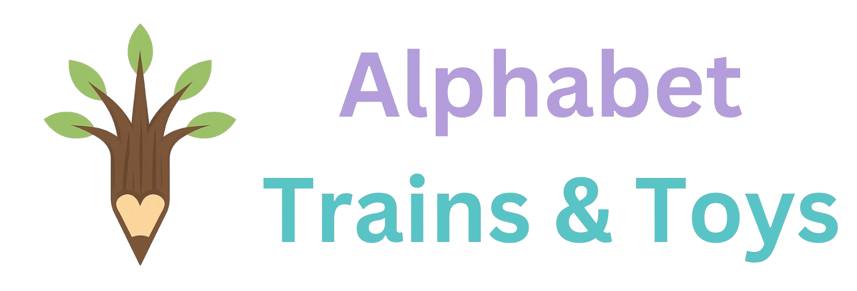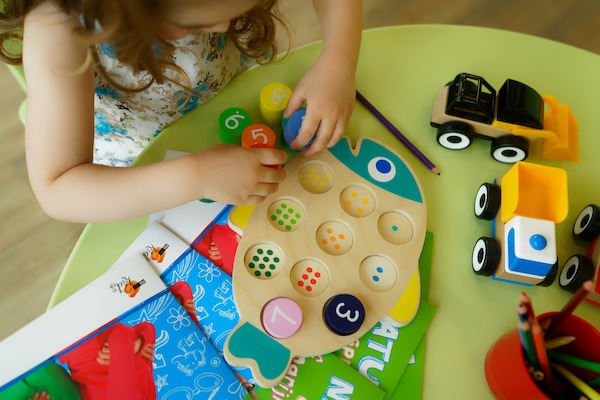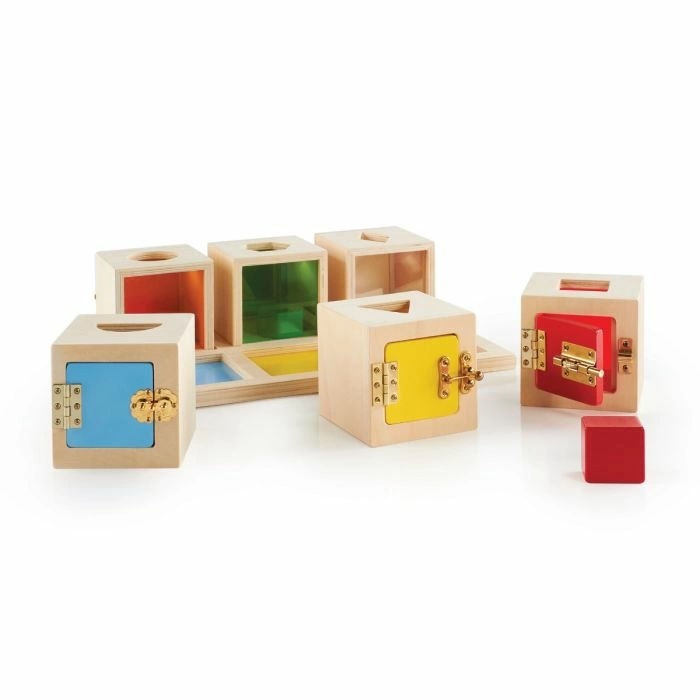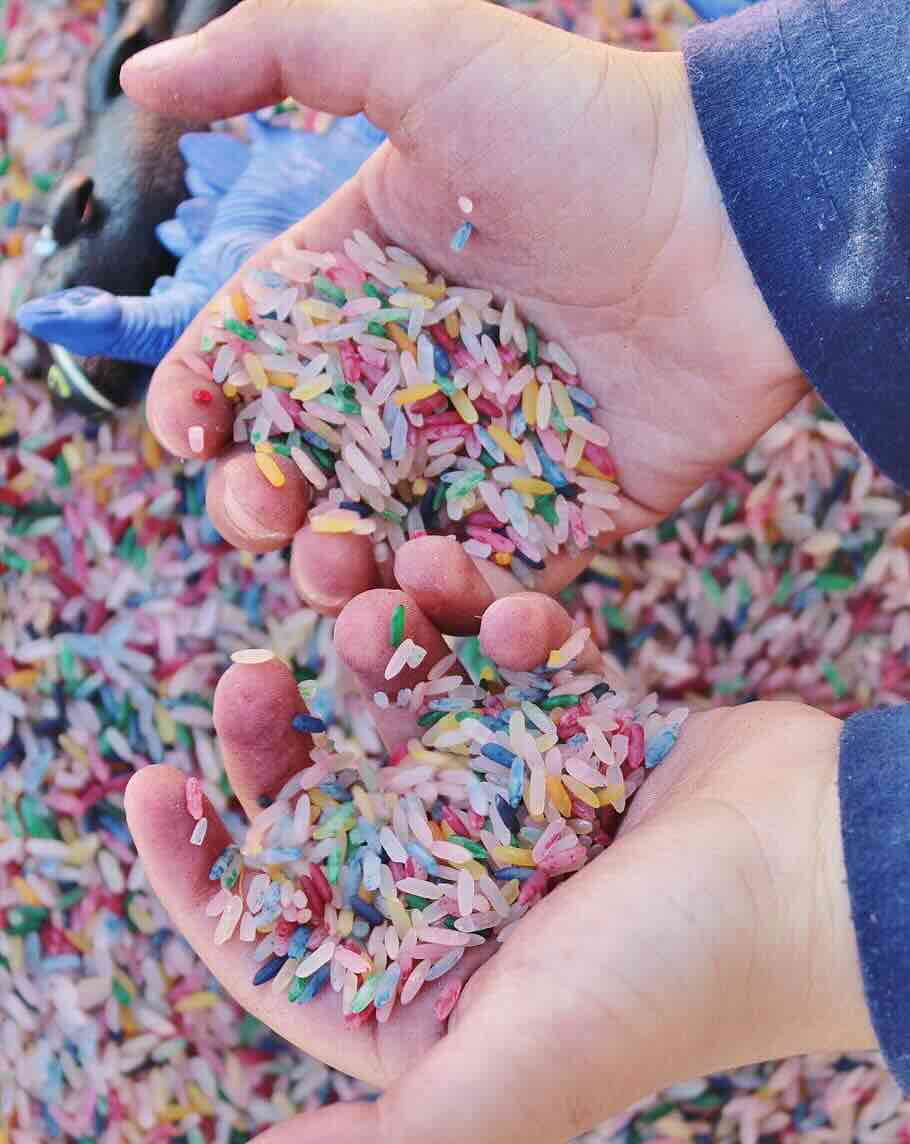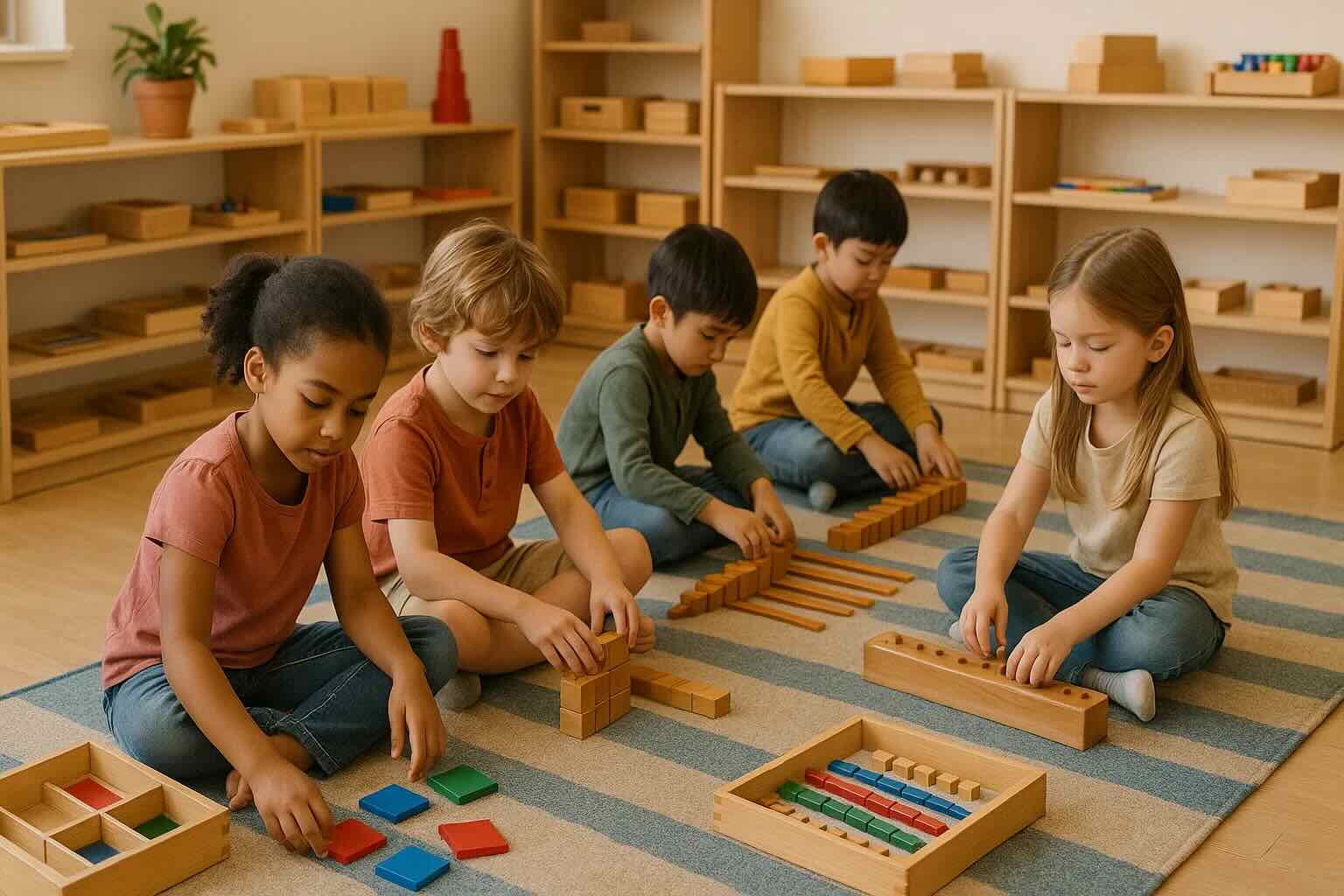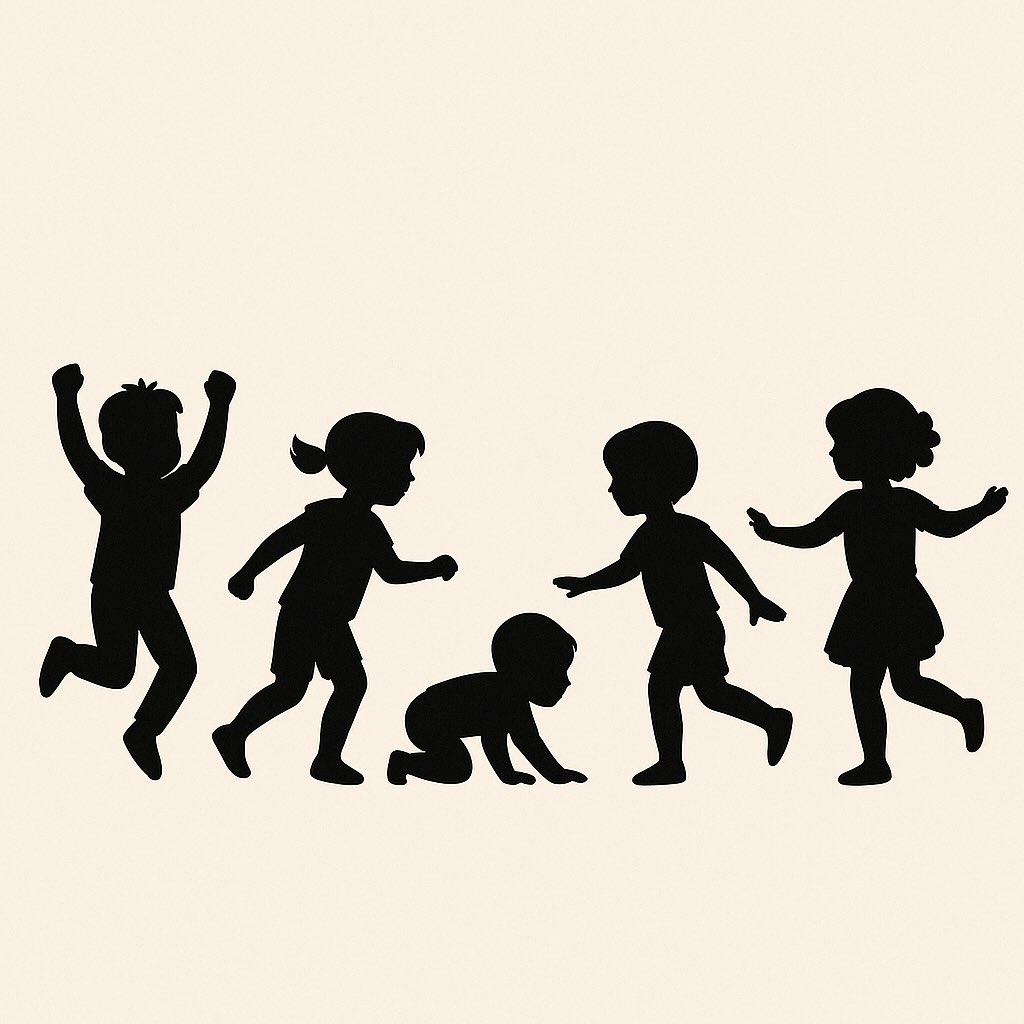If you're considering Montessori education but have questions or doubts, you’re not alone. When I first looked into Montessori, I ran into all kinds of misconceptions—and I know how confusing that can feel. That’s why I wrote this article: to clear up some of the biggest myths I’ve come across about the Montessori method.
Choosing a preschool or learning approach is a big deal. I get it—it can feel overwhelming trying to pick what’s best for your child. Especially during those first five years, when everything from confidence to curiosity is still forming. If you're in that place right now, I hope this helps make your decision a little easier.
So, What Is the Montessori Method?
Developed by Dr. Maria Montessori, this method encourages child-led learning in a thoughtfully prepared space. Montessori classrooms aren’t chaotic—they’re peaceful, beautiful, and full of hands-on materials designed to support every area of a child’s development, from sensory learning to problem-solving and practical life skills.
In a Montessori setup, kids get to move around freely, make choices, and follow their interests. The teacher is there to guide—not control. It’s all about helping your child become independent and confident through exploration and meaningful work.
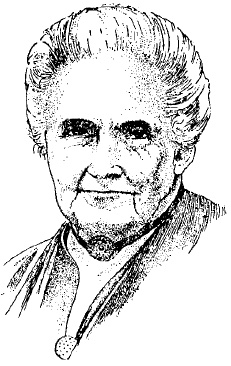
5 Myths & Misconceptions About Montessori Classroom
1. Montessori is only for preschoolers
It’s true that Montessori program is best known for early education compared to traditional schooling, but that doesn’t mean it stops at age five. Montessori approach is actually a philosophy, not just a preschool curriculum. I’ve seen it work beautifully at elementary and even high school levels. Things like hands-on learning, mixed-age classrooms, and child-paced work can benefit kids at almost any stage.
2. Montessori classrooms are unstructured
This one used to trip me up. I thought, “Won’t the classroom be out of control?” But that’s not how it works. The Montessori curriculum gives children freedom within limits. Montessori students can choose their activities—but only from prepared materials meant to help them grow. Some parents question whether this flexibility creates enough structure. Montessori teachers set boundaries and quietly guide the group. Montessori approach to education is surprisingly structured, just in a calmer, more respectful way.
🛠 Home Tip: Try creating a Montessori-style shelf at home with just 3–5 activities your child can choose from. This mimics classroom structure while allowing choice.
3. Montessori schools are outdated
Honestly, I used to wonder the same thing—“Is this still relevant?” But when you dig deeper, you’ll see how forward-thinking it really is. Montessori introduced concepts like individualized learning and experiential play way before they became buzzwords. Today, many modern schools are just catching up.
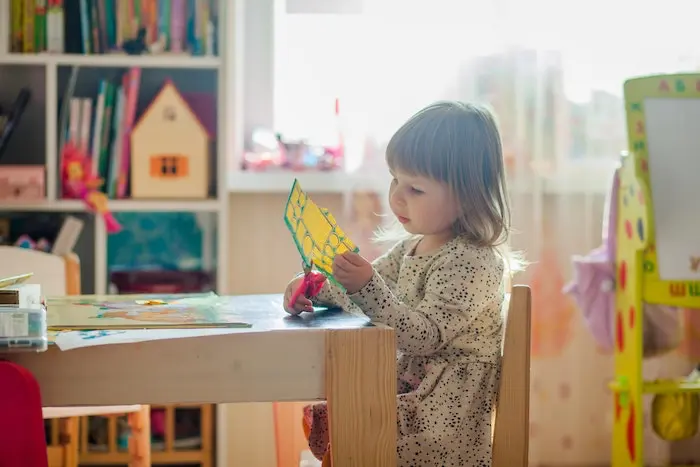
4. It’s only for kids with special needs
I’ve heard people say that Montessori is only for kids who “don’t fit” in traditional classrooms. That’s just not true. Every child benefits from being seen as an individual learner. While it’s great for kids who need extra support, it’s equally powerful for independent thinkers and sensory explorers. If you're like me, and you value personal growth just as much as academics, this approach is worth considering.
Not sure what toys support your child’s stage? Take a peek at our Montessori collections by age guide—they’re grouped to meet kids right where they are.
5. Montessori kills creativity
This one couldn’t be further from the truth. Montessori doesn’t mean following rigid instructions—it’s about inviting kids to solve problems, try new things, and trust their instincts. I’ve seen my own child come up with solutions I never expected, all because she was given the space to explore.
Materials like building blocks, and art trays let children create freely, without the pressure of doing it “right.” That’s creativity in its purest form.
🎨 Creative Idea: Set up an open-ended art tray with paper, safe scissors, glue, and colored shapes. No instructions—just tools. Let your child surprise you.
Final Thoughts
I know how many questions come up when you're deciding what’s best for your child’s education. I’ve been there too. What I love most about Montessori is that it respects each child’s pace and personality—and helps them grow not just as students, but as people.
If you’re curious about trying it at home, explore our Montessori toys by age and learning focus and child-sized furniture to find real tools that support what matters. It’s a great way to bring the Montessori learning environment into your everyday routine—even in small ways.
💡 Parent Tip: Look for Montessori toys that are open-ended, self-correcting, and made from natural materials. They encourage problem-solving and independence—hallmarks of the method.
Helpful Resources
FAQ: Common Montessori Myths & Misconceptions
Is Montessori education only for toddlers?
No, the Montessori method can be applied from infancy through high school. While it's most common in early education, many schools successfully offer Montessori programs for elementary and secondary levels.
Are Montessori classrooms completely unstructured?
Montessori classrooms provide structure through “freedom within limits.” Children choose from purposeful activities, but within a carefully prepared and guided environment led by trained educators.
Do Montessori toys restrict creativity?
Not at all. Montessori toys are designed to encourage problem-solving, independence, and exploration. Open-ended toys like wooden blocks and art materials help foster imagination without rigid outcomes.
